Finding places to pitch a tent beyond traditional campgrounds often challenges outdoor enthusiasts seeking solitude or unique experiences. While many assume that wild camping remains largely prohibited, numerous locations worldwide actually welcome responsible campers with open arms—often completely free of charge.
These lesser-known options provide alternatives to crowded campgrounds and expensive accommodations. Here is a list of 15 surprising spots where you can legally camp, offering adventurous travelers unexpected opportunities to sleep under the stars in remarkable locations.
National Forests (USA)

The United States Forest Service permits dispersed camping across nearly all of its 154 national forests, encompassing 188 million acres of public land. This policy allows campers to set up virtually anywhere outside designated campgrounds, typically free of charge and without reservations.
Visitors need only follow simple guidelines—camping at least 100 feet from water sources, using existing fire rings when possible, and practicing Leave No Trace principles. These forests offer drastically different environments, from Florida’s subtropical Ocala to Alaska’s temperate rainforests in Tongass—providing endless possibilities for solitude away from developed facilities.
Scottish Highlands
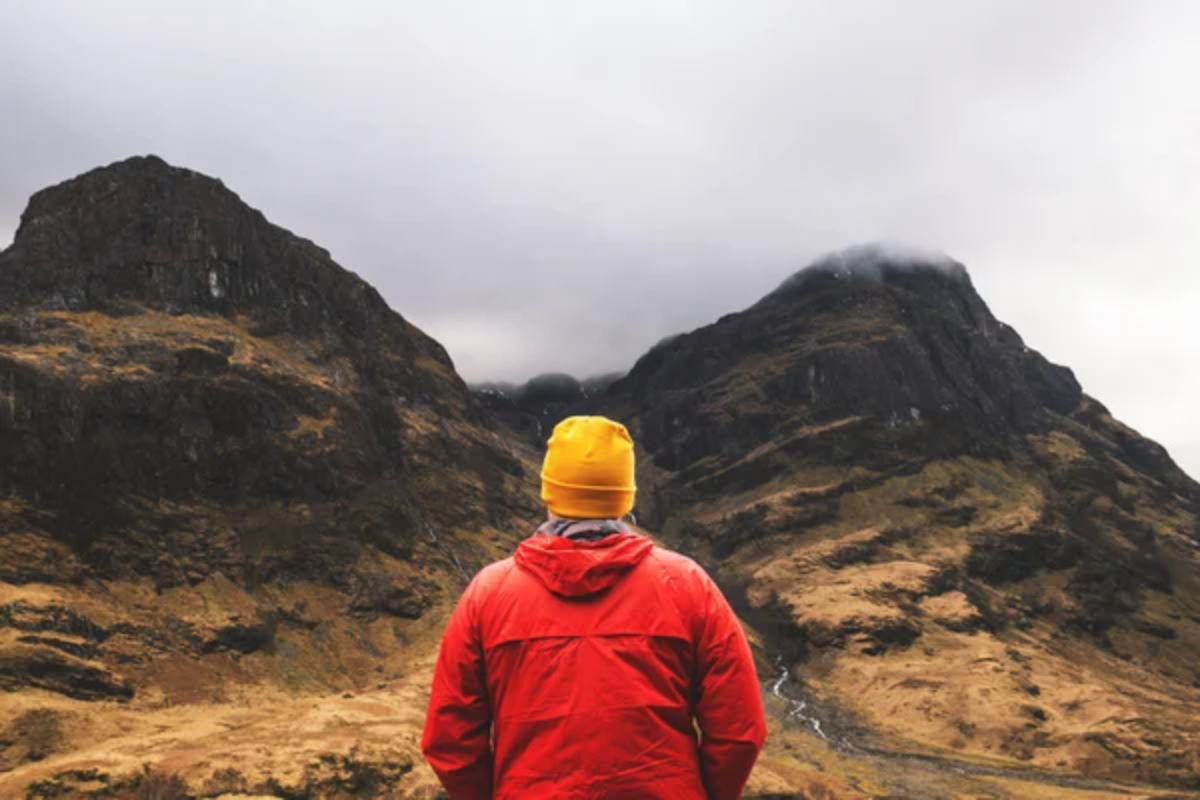
Scotland’s progressive outdoor access laws allow camping on most unenclosed land, including the spectacular Highlands region with its sweeping valleys, misty mountains, and crystal-clear lochs. This freedom-to-roam policy grants campers access to some of Europe’s most dramatic landscapes with few restrictions beyond common-sense environmental practices.
Visitors avoid cultivated fields, stay clear of residential buildings, and generally limit stays to two or three nights in any single location. The ability to legally pitch a tent beside remote mountain tarns or on white sand beaches along the western coastline offers budget travelers unparalleled access to landscapes typically costing hundreds per night at nearby hotels.
Like Travel Pug’s content? Follow us on MSN.
Japanese Michi-no-Eki
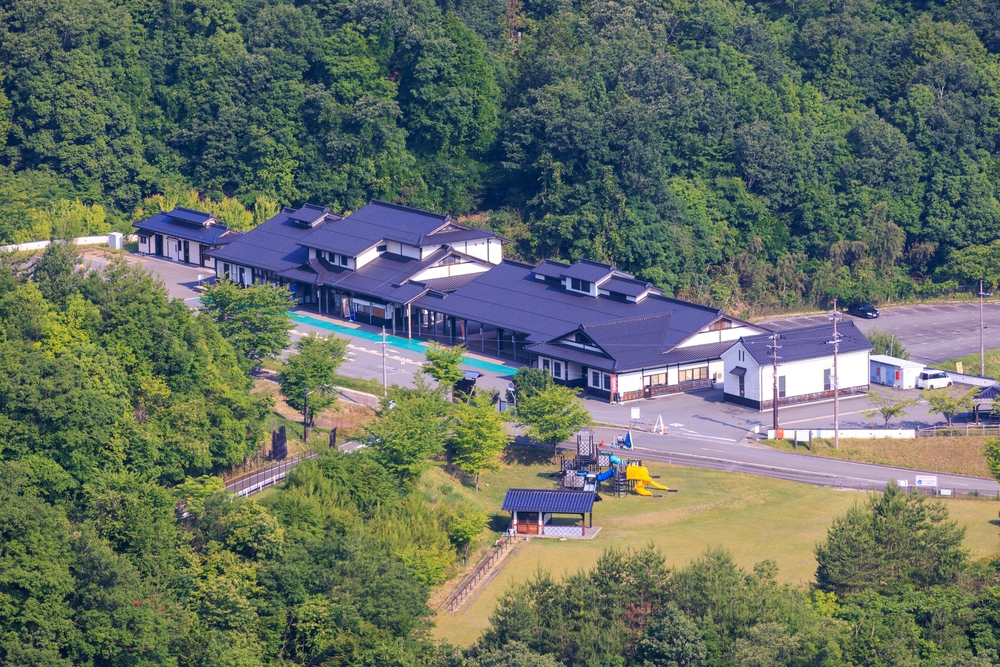
Japan’s nationwide network of roadside rest areas called Michi-no-Eki welcomes overnight travelers, including those sleeping in vehicles or even tents in designated areas. These well-maintained facilities—numbering over 1,000 across the country—typically offer clean restrooms, vending machines, local produce markets, and information centers.
Many feature scenic locations beside rivers, overlooking mountain valleys, or along coastal routes, making them surprisingly pleasant alternatives to conventional accommodations. This system allows budget travelers to experience Japan’s notoriously expensive countryside without paying for ryokans or hotels—particularly valuable during cherry blossom season when traditional lodging books months in advance.
Albanian Beaches
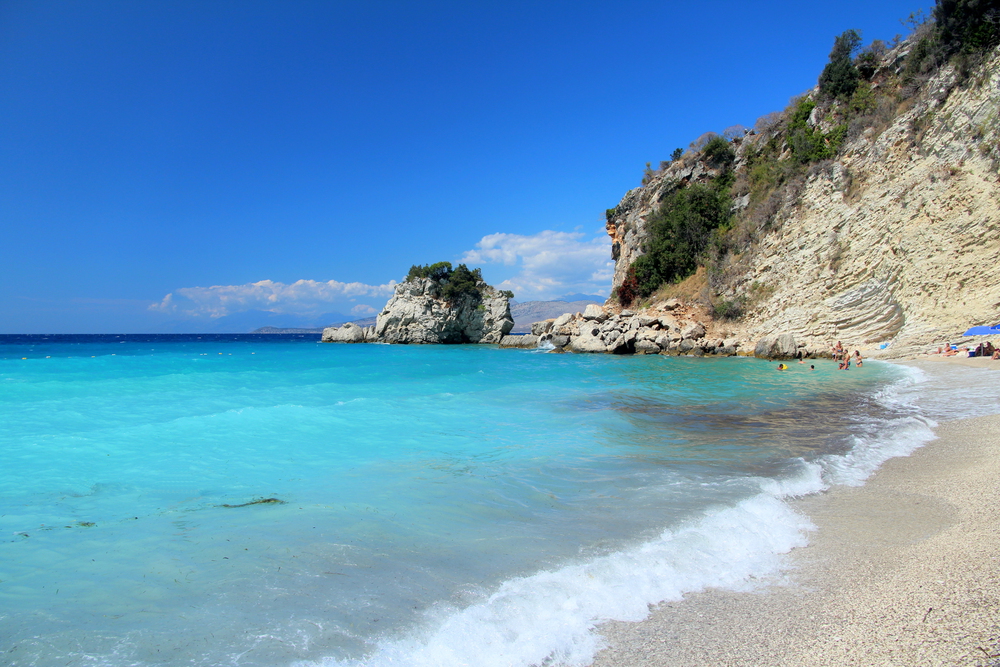
Albania’s Mediterranean coastline offers legal beach camping along much of its undeveloped shoreline, presenting budget travelers with opportunities to sleep directly beside turquoise waters. The country’s relatively recent opening to tourism means that many stretches of its spectacular coastline remain free from development, allowing visitors to pitch tents on beaches that would command premium prices elsewhere in Europe.
Locals generally welcome responsible campers, particularly in southern regions near Dhermi and along the Albanian Riviera, where the tradition of outdoor sleeping during summer heat remains common. This affordable access to the Mediterranean coastline represents one of Europe’s last beach-camping frontiers—offering experiences that have disappeared from more developed destinations.
England’s Common Land
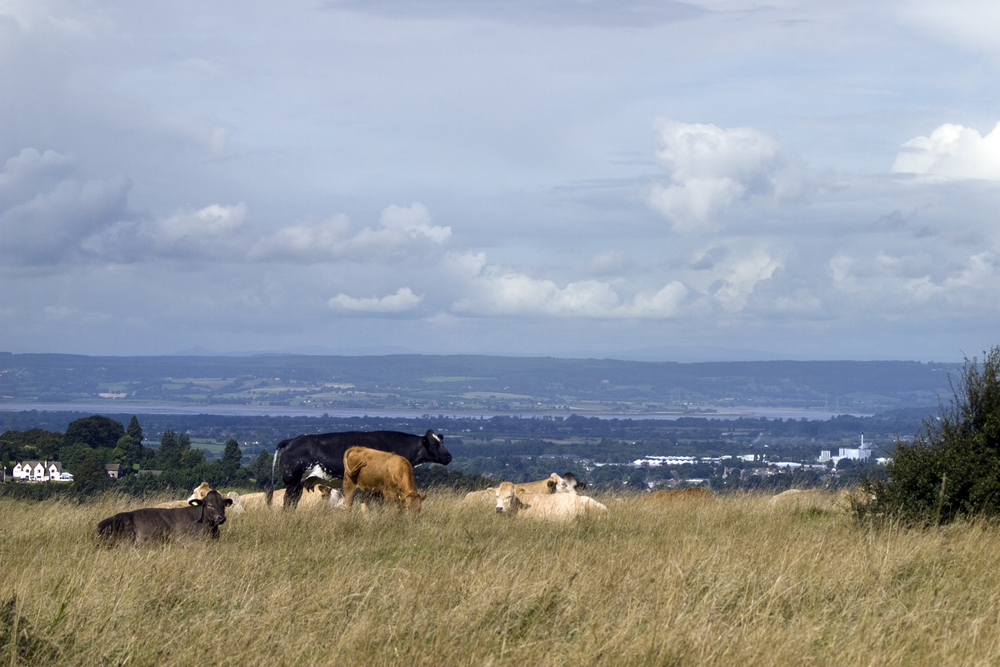
England maintains ancient rights for public access across designated common land—areas traditionally available for communal use dating back centuries. While overnight camping isn’t explicitly permitted everywhere, numerous commons allow responsible wild camping, particularly in remote areas of Dartmoor National Park, where freedom to camp remains legally protected.
These lands often feature distinctive landscapes shaped by traditional grazing practices, creating open moorlands, limestone plateaus, and ancient woodlands ideal for overnight adventures. The historical significance of these areas adds a cultural dimension to camping experiences—some commons have remained accessible to ordinary citizens since medieval times despite surrounding privatization.
Like Travel Pug’s content? Follow us on MSN.
New Zealand’s Conservation Land
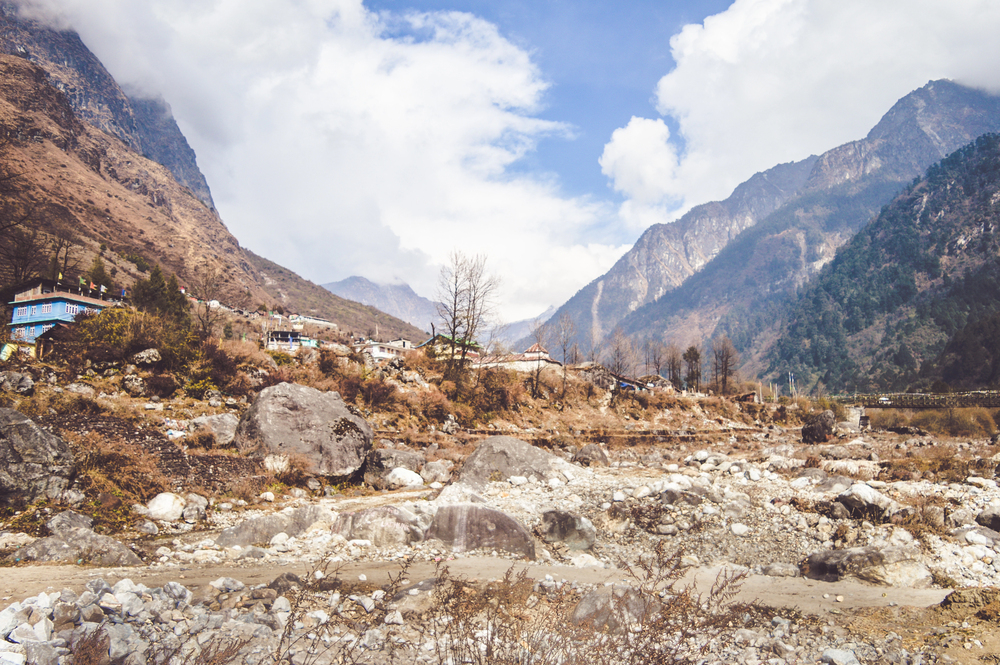
New Zealand’s Department of Conservation maintains a network of minimalist campsites across public conservation lands, offering remarkably affordable access to some of the world’s most stunning landscapes. These basic sites—many charging under $10 per night or entirely free—provide responsible access to remote coastlines, alpine meadows, and ancient forests while minimizing environmental impact.
The country’s systematic approach includes designated freedom camping areas in particularly scenic locations, complete with simple toilet facilities and water sources to minimize damage from dispersed camping. This progressive system allows budget travelers to experience New Zealand’s legendary outdoor environments without resorting to potentially damaging illegal camping in sensitive areas.
Swedish Nature
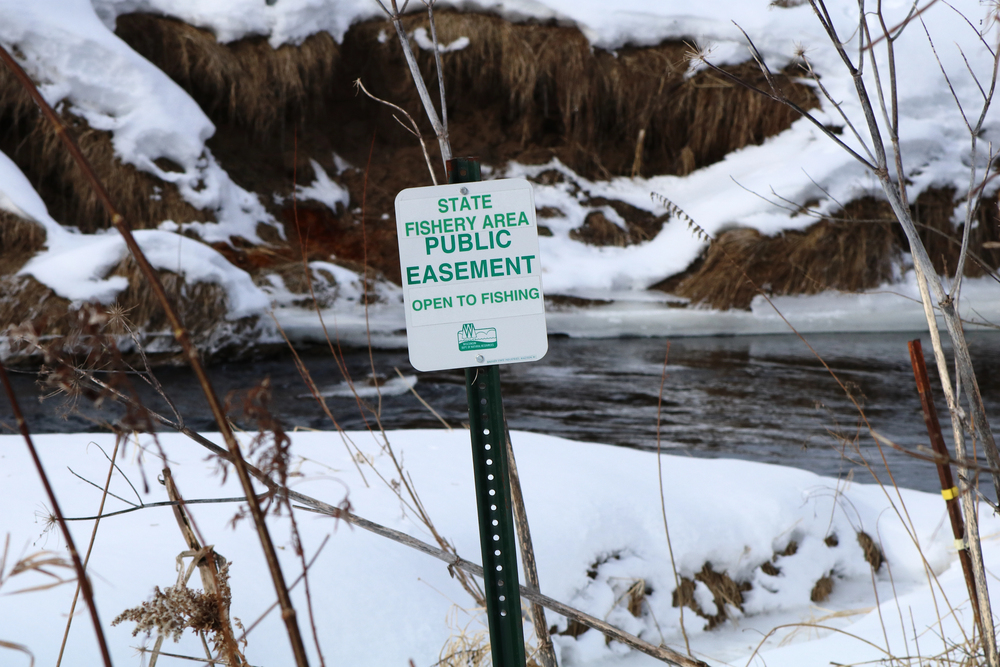
Sweden’s “Allemansrätt” (Right of Public Access) permits overnight camping almost anywhere in the country’s vast natural areas, creating extraordinary opportunities for wilderness experiences across Scandinavia. This freedom extends to most non-private, uncultivated land—allowing visitors to pitch tents in forests, along lakeshores, and even on remote islands within the Baltic archipelagos.
The few limitations include staying only one or two nights in any location, maintaining a reasonable distance from dwellings, and adhering to seasonal fire restrictions. This progressive approach enables budget travelers to access landscapes that would otherwise remain prohibitively expensive in a region known for high accommodation costs.
Portugal’s Southwest Coast
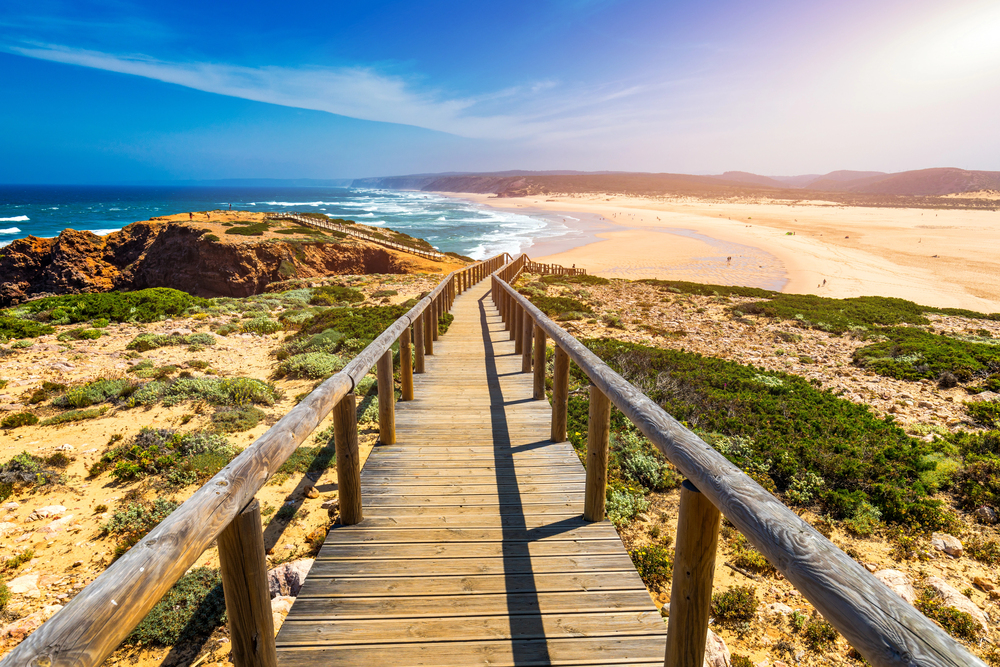
Portugal’s Alentejo and Vicentine Coast Natural Park permits camping in designated zones along its dramatic Atlantic shoreline, offering budget travelers access to some of Europe’s most pristine beaches. While wild camping remains technically restricted, authorities maintain informal tolerance zones where responsible campers can spend nights beside spectacular cliffs and empty golden beaches.
Local rangers generally permit tents pitched after sunset and packed before prime beach hours, creating a practical compromise between environmental protection and visitor access. This arrangement allows travelers to experience Europe’s last undeveloped Atlantic coastline—a landscape of towering cliffs, hidden coves, and powerful surf—without resort development.
Like Travel Pug’s content? Follow us on MSN.
Canadian Crown Land

Canada allows camping on most Crown Land—public property comprising about 89% of the country—offering nearly limitless options for remote wilderness experiences. These public lands permit free camping for Canadian residents in most provinces (non-residents sometimes need permits), creating access to pristine forests, countless lakes, and spectacular mountain ranges without formal campgrounds.
The sheer scale of available land ensures solitude even during peak summer months when traditional campgrounds reach capacity. This generous public access system allows budget travelers to experience Canada’s legendary wilderness through multiple-day canoe trips, backcountry hiking circuits, or simple car-accessible rustic camping in extraordinary settings.
Australian Rest Areas
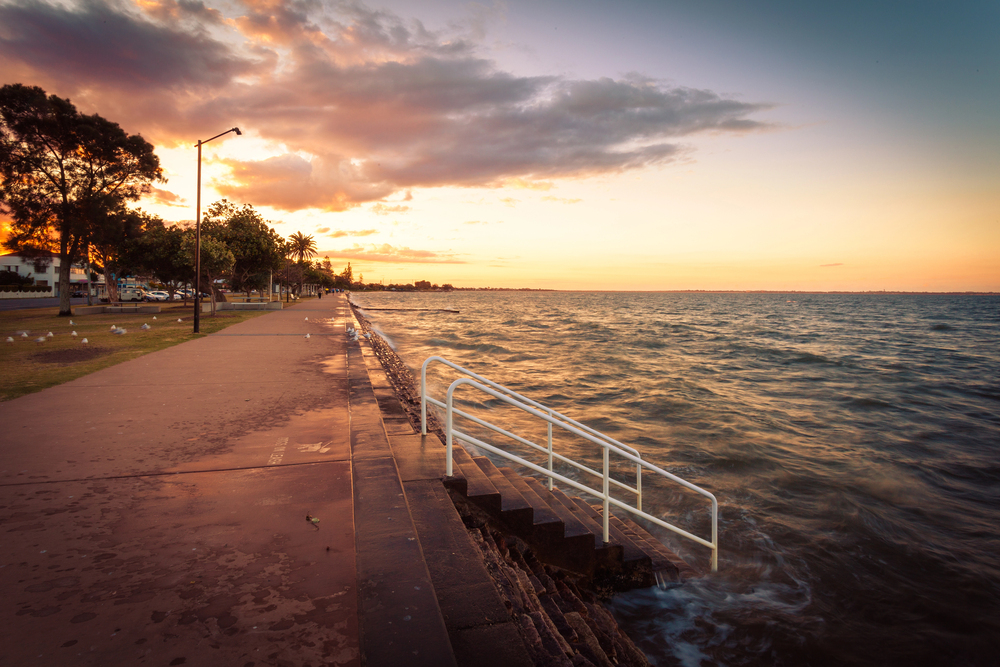
Australia’s extensive network of highway rest areas frequently permits overnight camping, offering budget travelers practical accommodation across the vast distances between towns. While amenities vary considerably, many provide basic toilets, picnic shelters, and scenic locations beside rivers or overlooking distinctive landscapes.
Local governments increasingly recognize the tourism value of these free camping options, particularly in remote regions where traditional accommodations remain limited. This system allows travelers—especially those in campervans or with simple tents—to experience Australia’s legendary outback roads without expensive accommodation costs in isolated locations.
Norwegian Mountain Plateaus
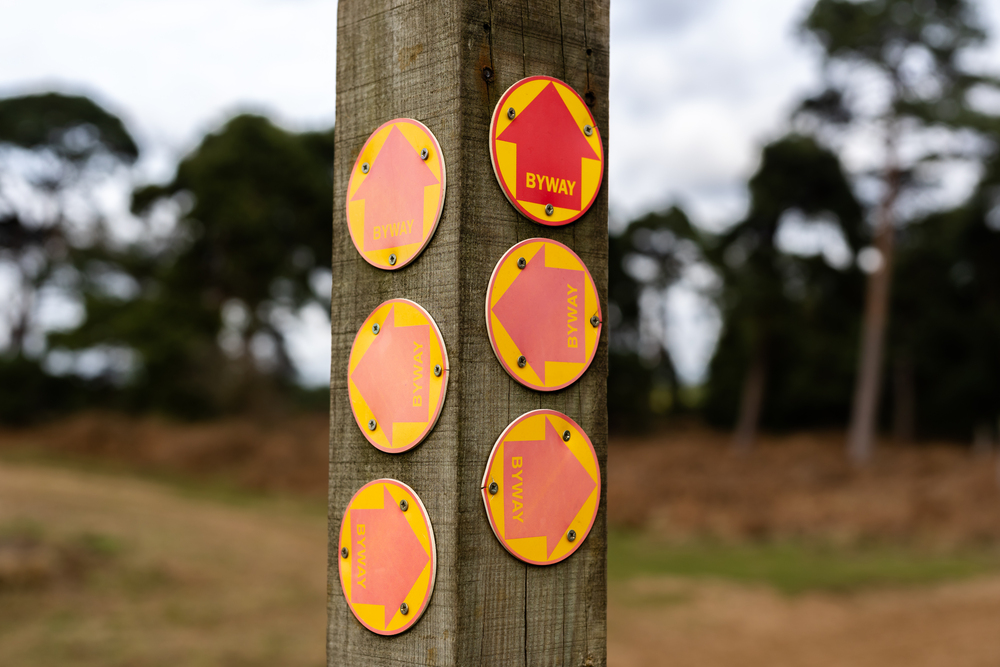
Norway’s outdoor access laws permit wild camping across vast mountain plateaus and remote valleys, creating opportunities for budget travel amid stunning Nordic landscapes. The country’s “allemannsretten” freedom-to-roam principles allow responsible camping on uncultivated land, typically requiring tents to remain at least 150 meters from occupied buildings.
This policy grants access to spectacular camping locations beside fjords, atop viewpoints overlooking dramatic valleys, and beside crystal-clear mountain lakes. The ability to legally access such landscapes represents a remarkable democratization of natural beauty in a country where traditional accommodation often exceeds $200 per night.
Like Travel Pug’s content? Follow us on MSN.
Spanish Reservoir Shores
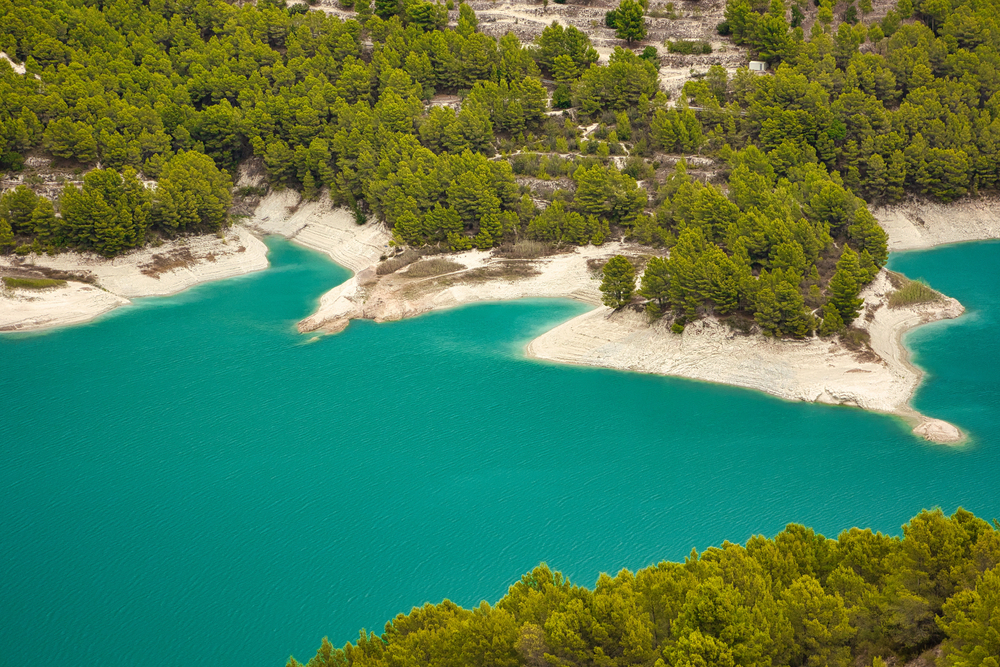
Spain permits camping along the shores of many inland reservoirs, particularly in less-developed regions like Extremadura and Castilla y León, where vast artificial lakes provide recreation opportunities. Local authorities often designate zones where overnight stays remain permitted, particularly during summer months when Spanish families traditionally escape urban heat.
These locations typically feature clean, swimmable waters surrounded by Mediterranean landscapes of cork oak forests, granite outcroppings, and rolling dehesa meadows. The geographical distribution of these reservoirs—constructed throughout Spain during the 20th century—provides budget travelers access points across regions otherwise lacking affordable accommodation options.
Finnish Wilderness Huts
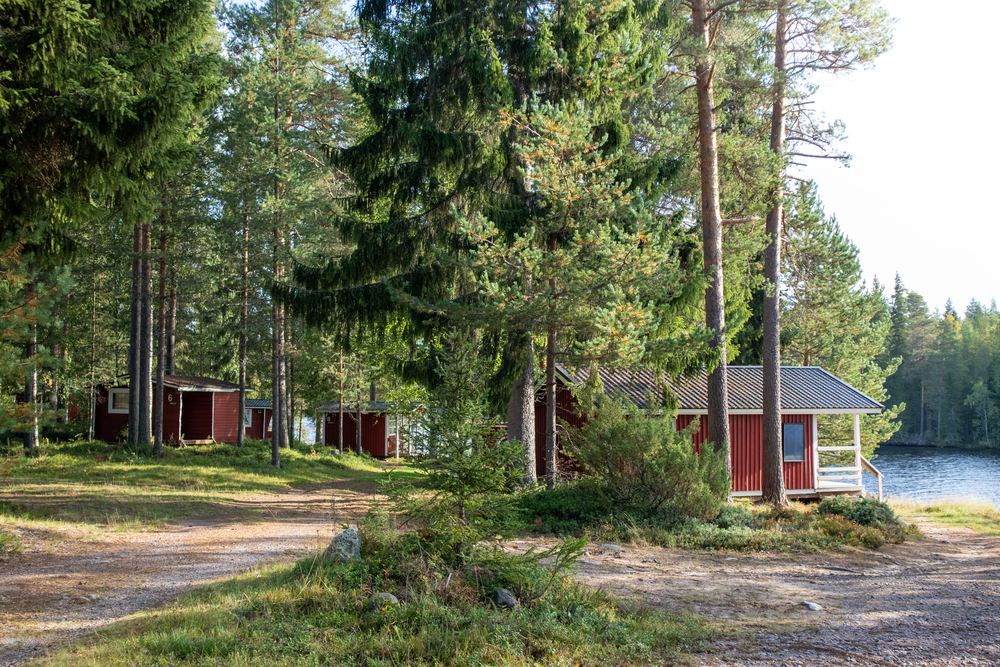
Finland maintains an extensive network of open wilderness huts across its northern regions, available for free overnight use by hikers, cross-country skiers, and outdoor enthusiasts. These rustic cabins—typically equipped with firewood, sleeping platforms, and cooking facilities—operate on a first-come basis without reservations, creating unique opportunities for budget accommodation in remote Arctic environments.
The huts follow traditional Finnish wilderness ethics, where travelers maintain facilities for future visitors, ensuring sustainability across this remarkable public access system. This network allows budget visitors to experience Finnish Lapland’s remote fells, pristine lakes, and boreal forests without expensive guided tours or lodges.
Taiwan’s National Forest Recreation Areas
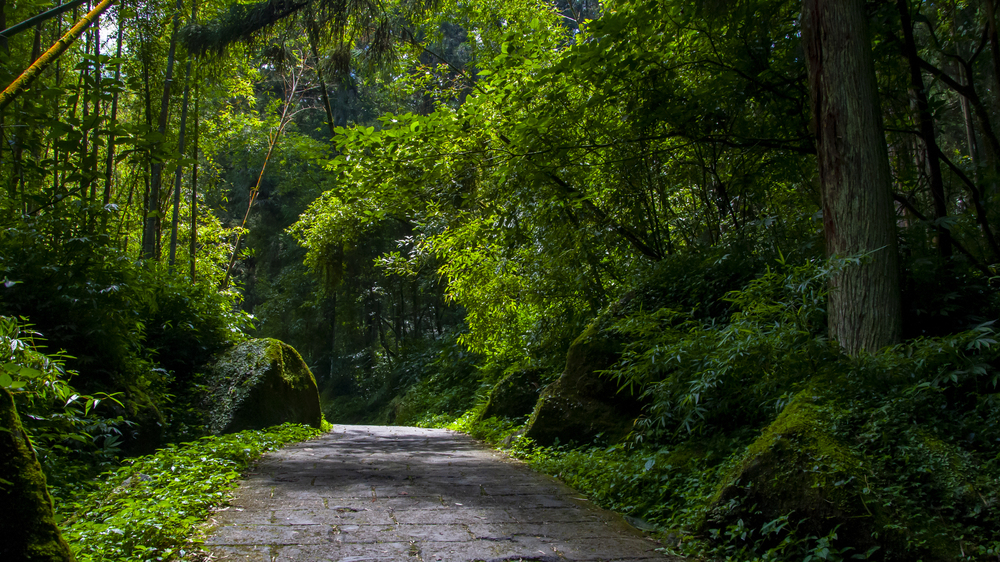
Taiwan permits camping within designated zones of its national forest recreation areas, providing affordable access to the island’s spectacular mountain landscapes. These official sites—typically costing under $10 per night—offer basic facilities within lush subtropical forests, beside mountain streams, and among bamboo groves across the island’s central mountain ranges.
The system provides safe, regulated camping opportunities in a densely populated country where truly wild areas remain limited yet extraordinarily beautiful. These designated zones allow budget travelers to experience Taiwan’s remarkable biodiversity—from low-elevation tropical forests to high alpine meadows—without expensive mountain resorts.
Like Travel Pug’s content? Follow us on MSN.
Dutch Water Management Land
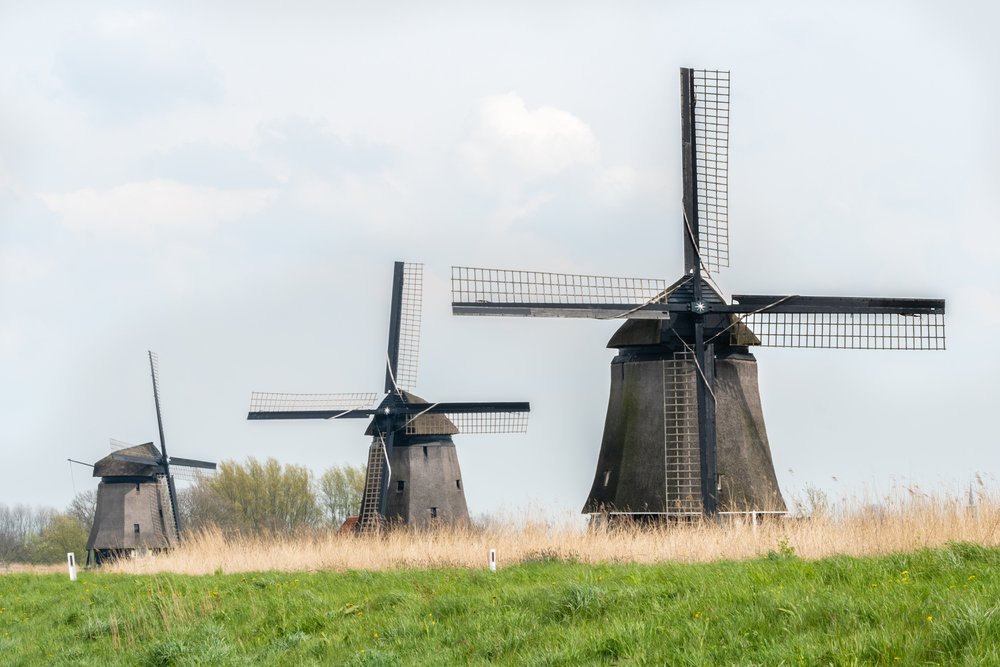
The Netherlands allows limited camping along certain water management lands through programs like “Kamperen bij de Boer” (Camping at the Farm), creating unique opportunities to experience the Dutch countryside. These innovative programs permit tents on lands surrounding canals, polders, and water infrastructure—often in spectacularly scenic locations within cycling distance of major tourist destinations.
The system typically allows a maximum of three tents per location with minimal fees paid directly to landowners, creating micro-camping opportunities across the heavily managed Dutch landscape. This progressive approach allows budget travelers to experience the Netherlands beyond crowded tourist centers while fostering connections between visitors and rural communities.
Embracing Responsible Freedom
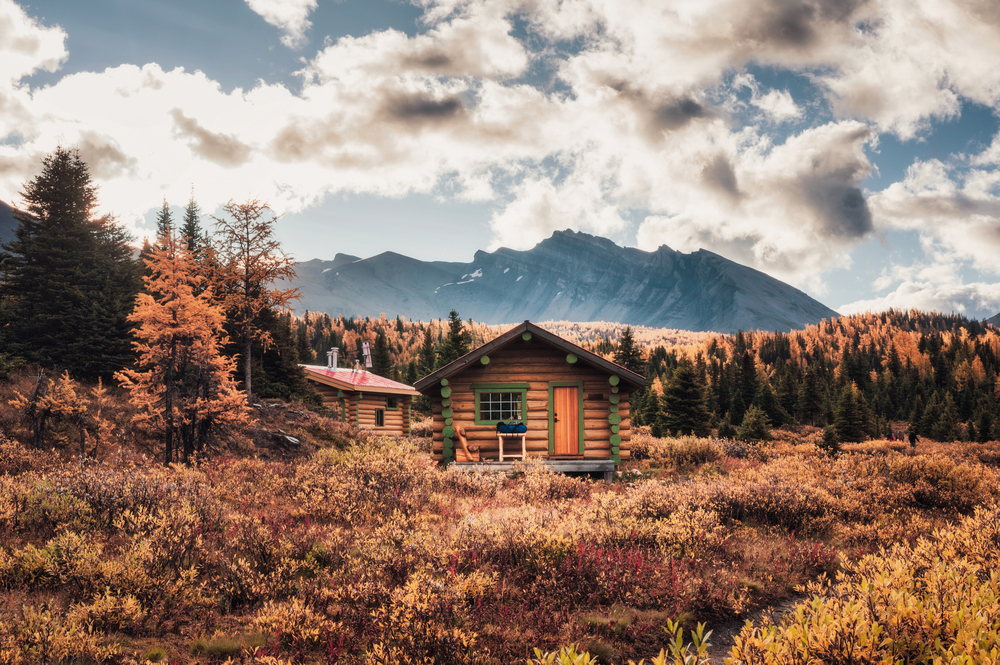
The growing movement toward legal wild camping reflects changing attitudes about public land access and responsible outdoor recreation. These opportunities provide budget travelers with meaningful alternatives to traditional accommodation while fostering deeper connections with natural environments.
The privilege of legal camping in these remarkable locations carries responsibility for minimal impact practices—proper waste disposal, respectful distances from wildlife, and careful fire management. Savvy travelers increasingly recognize these alternative camping options not merely as budget accommodation but as extraordinary experiences that hotels—regardless of price—simply cannot provide.
More from Travel Pug

- Cities Growing so Fast You Won’t Recognize Them in 10 Years
- 13 Destinations Where Tourists Regularly Regret Their Trip
- 20 Obscure WWII Sites Even History Buffs Don’t Know About
- 10 Under-the-Radar Mountain Towns That Are Both Affordable and Beautiful
- 20 Abandoned Places That Feel Like Real-Life Post-Apocalyptic Movie Sets
Like Travel Pug’s content? Follow us on MSN.
